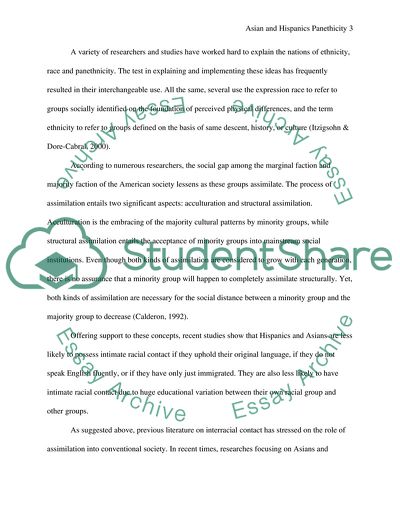Cite this document
(Asian and Hispanic Panethnicity Essay Example | Topics and Well Written Essays - 1750 words, n.d.)
Asian and Hispanic Panethnicity Essay Example | Topics and Well Written Essays - 1750 words. https://studentshare.org/sociology/1733493-asian-and-hispanics-panethicity
Asian and Hispanic Panethnicity Essay Example | Topics and Well Written Essays - 1750 words. https://studentshare.org/sociology/1733493-asian-and-hispanics-panethicity
(Asian and Hispanic Panethnicity Essay Example | Topics and Well Written Essays - 1750 Words)
Asian and Hispanic Panethnicity Essay Example | Topics and Well Written Essays - 1750 Words. https://studentshare.org/sociology/1733493-asian-and-hispanics-panethicity.
Asian and Hispanic Panethnicity Essay Example | Topics and Well Written Essays - 1750 Words. https://studentshare.org/sociology/1733493-asian-and-hispanics-panethicity.
“Asian and Hispanic Panethnicity Essay Example | Topics and Well Written Essays - 1750 Words”. https://studentshare.org/sociology/1733493-asian-and-hispanics-panethicity.


